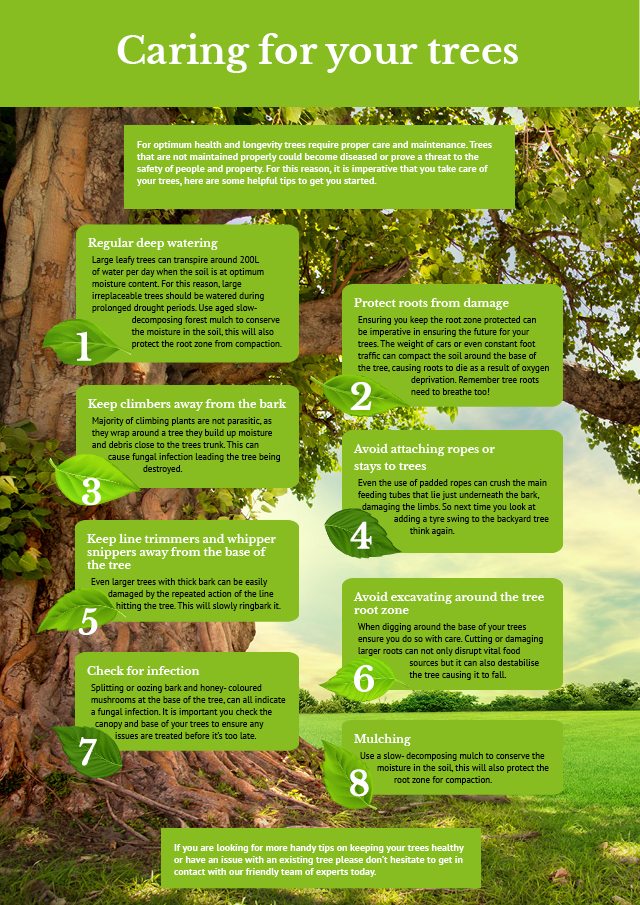Indications It's Time For Tree Elimination: Just How To Determine Harmful Trees
Indications It's Time For Tree Elimination: Just How To Determine Harmful Trees
Blog Article
Developed By-Reid Enemark
When it pertains to tree treatment, recognizing the indicators that it's time for elimination is important for your security and home. You may notice stained leaves, wilting branches, or odd fungal growths suggesting health problems. Architectural issues, like a considerable lean or fractures in the trunk, can additionally present threats. Recognizing these warning signs can assist you make notified decisions about your trees and stop potential risks lurking in your lawn. What should you try to find following?
Indicators of Degeneration and Illness
When you see indications of degeneration and illness in your trees, it's crucial to act rapidly. Try to find tarnished fallen leaves, wilting branches, or uncommon growths like fungi. Trimming Lemon Trees can suggest that your tree is battling.
If you see cracks in the bark or soft, mushy timber, these signs suggest internal degeneration. In addition, an unexpected rise in parasites around your tree can signify that it's deteriorated and at risk.
Check for any kind of dead or dying arm or legs, as they posture a risk to your building and security. If you doubt regarding what you see, speaking with an arborist can supply quality.
Addressing these indications early can save you from a lot more considerable damages and make certain the wellness of your lawn. Do not wait till it's too late.
Structural Instability and Leaning
As you observe your trees, keep an eye out for any kind of indicators of architectural instability or leaning. If a tree leans significantly, it may indicate that the origin system is jeopardized.
Try to find any kind of fractures in the trunk or dirt around the base; these can signify prospective failure. Furthermore, check for uncommon development patterns, like an uneven crown, which might suggest that the tree is battling to hold itself upright.
If you see that the tree favors your home, power lines, or various other structures, it postures a higher danger. Do not overlook these signs-- get in touch with an arborist to evaluate the circumstance.
Doing something about it early can prevent pricey damages and guarantee your safety and security.
Dead or Perishing Branches and Foliage
If you notice dead or dying branches and foliage on your tree, it's a clear sign that something's incorrect.
These unhealthy areas can suggest underlying problems like disease, bug invasions, or ecological stress. When branches shed their fallen leaves or turn brownish, they're no more contributing to the tree's wellness. Neglecting these indications can bring about additional decrease, making your tree a lot more hazardous.
Dead branches can quickly break short during tornados, posing a risk to residential or commercial property and people close by. https://www.oregonlive.com/hg/2020/07/landscapers-are-busier-than-ever-during-the-pandemic-people-want-a-private-park-now.html to assess the degree of the damages.
If the problem impacts a significant part of the tree, consider getting in touch with a specialist. They can assist determine if elimination is necessary to ensure security and keep the beauty of your landscape.
Conclusion
If you discover any kind of signs of degeneration, structural instability, or dead branches on your trees, don't ignore them. These signs can position significant safety dangers to you and your building. It's always best to seek advice from a specialist arborist who can offer a professional assessment of your trees. Taking action early can prevent crashes and expensive damages, guaranteeing your landscape stays risk-free and healthy and balanced. Remember, it's much better to be aggressive regarding tree treatment than to wait on a disaster to take place.
